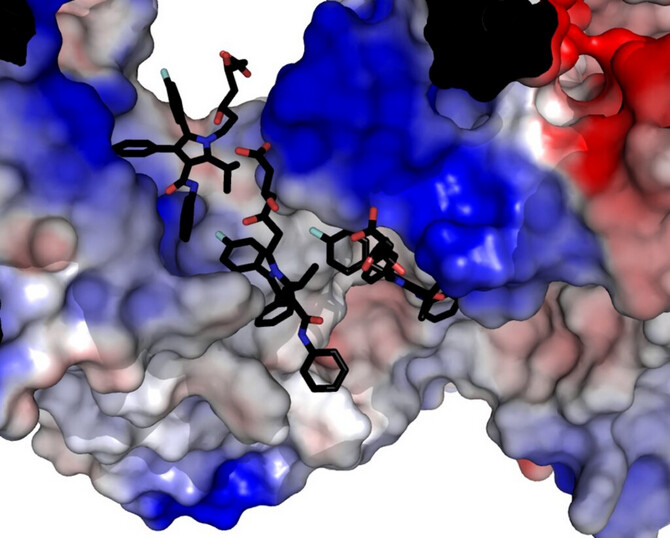
Statins have transformed heart health, saving millions of lives by lowering cholesterol and reducing the risk of heart attacks and strokes. But for many patients, these drugs come with a troubling downside: muscle pain, weakness and, in rare cases, severe muscle breakdown that can lead to kidney failure.
University of British Columbia researchers and their collaborators at the University of Wisconsin-Madison have now pinpointed the cause. Their findings, published last week in Nature Communications, could pave the way for a new generation of statins without these side effects.
The team used cryo-electron microscopy, a powerful imaging technique that reveals proteins at near-atomic detail, to capture how statins interact with a critical muscle protein called the ryanodine receptor (RyR1). This protein acts like a gatekeeper for calcium inside muscle cells, opening only when muscles need to contract. When statins bind to it, they force the gate open, causing calcium to leak continuously—a toxic effect that can damage muscle tissue.
“We were able to see, almost atom by atom, how statins latch onto this channel,” said lead author Dr. Steven Molinarolo, a postdoctoral researcher in UBC’s department of biochemistry and molecular biology. “That leak of calcium explains why some patients experience muscle pain or, in extreme cases, life-threatening complications.”
Read more: